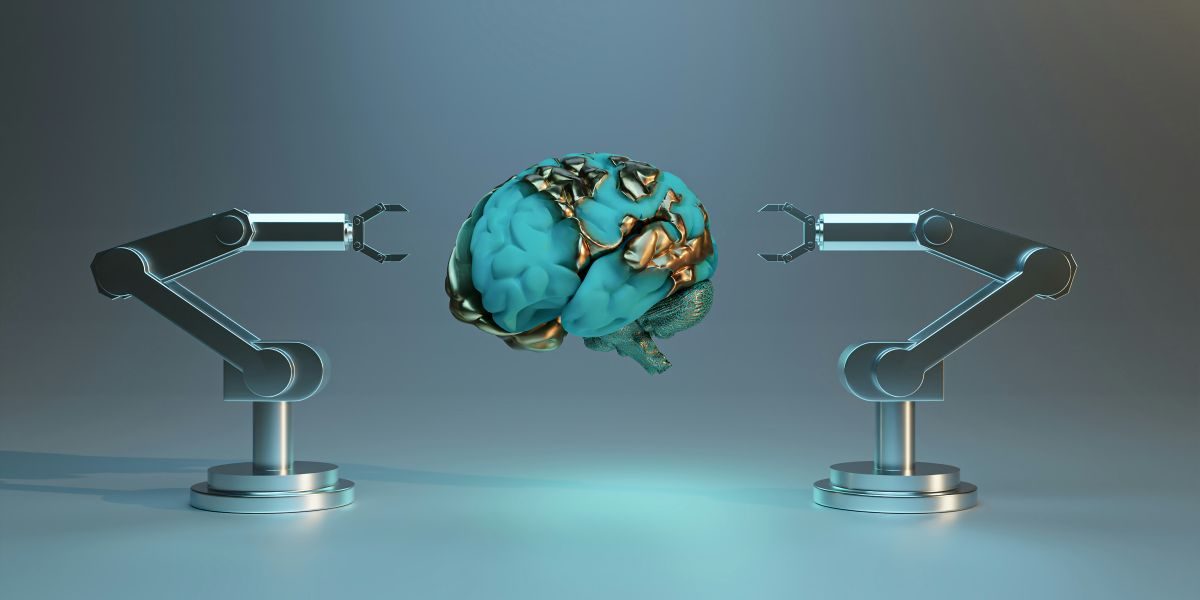Artificial intelligence is increasingly becoming a cornerstone of modern workforce transformation. As business environments evolve, HR departments are adopting AI not only to keep pace but also to potentially stay ahead. From employee retention to proactive talent planning, intelligent systems are being used to automate decisions that were once entirely human-driven. These tools process vast datasets in seconds, offering insights that can enhance speed, accuracy, and consistency. HR leaders now utilize AI to match candidates, build learning journeys, and even detect team sentiment. With hybrid work models becoming the norm, the demand for agile, data-driven HR systems appears to be rising. This article explores the AI-powered innovations that may be making human resources smarter, faster, and more responsive. Dive in to discover which emerging platforms could be shaping the future of work.
AI for Internal Mobility and Career Pathing
Internal mobility is gaining traction as a strategic lever for retaining talent. Rather than hiring externally, many companies are looking inward to identify and develop existing employees for future roles. Artificial intelligence plays a significant role by mapping employees’ skills, interests, and potential to real-time business needs. These platforms aggregate structured and unstructured data from multiple sources, such as project contributions, performance metrics, and learning progress, to assess fit for internal opportunities.
Unlike traditional succession planning, which can sometimes be rigid and hierarchical, AI-enabled mobility tools provide a dynamic, transparent marketplace where employees can browse roles and express interest. The benefit is mutual: workers may feel empowered to take ownership of their career trajectory, and organizations could strengthen loyalty by showing clear development pathways. Furthermore, the use of AI has the potential to reduce unconscious bias in internal hiring, promoting more equitable advancement across all departments and demographics.
Leading platforms even integrate learning modules into mobility tools, suggesting courses or certifications that could help bridge small skill gaps. This continuous loop of growth, learning, and opportunity can help transform businesses into learning organizations, where people evolve alongside the business strategy.
Smarter Talent Acquisition with AI Algorithms
AI-driven recruiting tools have become increasingly essential for organizations seeking to attract high-tier talent in competitive markets. These tools don’t merely automate resume screening—they aim to optimize the full recruitment funnel. They can interpret data from applications, portfolios, and assessments to score and rank candidates with greater fairness and consistency. Many platforms also analyze historical hiring success to refine job descriptions and candidate targeting.
Behavioral matching is another area where AI can provide value. By comparing personality traits, communication styles, and motivation profiles, the tools may surface candidates who not only have the right experience but also fit the team culture. AI chatbots further improve the candidate experience by providing real-time status updates and handling FAQs, which can reduce ghosting and keep applicants engaged.
Some platforms even offer predictive hiring, using machine learning to forecast the long-term success and retention probability of candidates. These insights can help recruiters make more informed decisions, improve offer acceptance rates, and potentially reduce costly mis-hires. By combining data science with human expertise, talent acquisition may become more proactive and better aligned with business goals.
AI-Driven Learning and Development Platforms
Corporate learning has transitioned from static content libraries to intelligent, dynamic ecosystems. Today’s AI-enhanced learning platforms provide tailored experiences that adapt in real time based on employee behavior, performance, and aspirations. These platforms recommend content aligned with individual goals, suggest stretch projects, and even flag when employees may be disengaging from their learning path.
One of the key advantages of AI in learning and development is scalability. Organizations may be able to roll out consistent, personalized training across global teams without requiring manual input. AI evaluates learners’ progress, flags knowledge gaps, and refines future modules accordingly. It also collects feedback to ensure content remains relevant, updated, and effective.
From soft skills to technical certifications, employees may gain the ability to learn what they need, when they need it, and at a pace that works for them. Meanwhile, HR leaders gain a dashboard view of workforce capabilities, which may make it easier to plan workforce strategies, allocate learning budgets, and ensure compliance training remains up-to-date.
AI also supports learning in the flow of work. Integrated tools can push micro-learning content via collaboration platforms like Slack or Microsoft Teams, potentially increasing adoption and retention. In the age of short attention spans, these subtle nudges could help embed knowledge without overwhelming employees.
Real-Time Workforce Analytics and Sentiment Tracking
Measuring workforce health now goes far beyond annual surveys. AI now enables organizations to monitor engagement, satisfaction, and emotional well-being in real time. Natural language processing (NLP) tools sift through written feedback from internal chat platforms, pulse surveys, and review forms to detect tone, sentiment, and recurring concerns.
These insights could prove invaluable for HR teams seeking to understand what’s driving retention, burnout, or morale dips. Leaders can take quick, informed action—whether that means addressing workload imbalances, clarifying unclear communication, or celebrating high-performing teams. Predictive analytics further empower HR to forecast attrition, flag at-risk departments, and simulate outcomes of policy changes before they’re implemented.
AI doesn’t just surface problems—it may help solve them. For instance, analytics tools can suggest peer recognition programs, mentoring initiatives, or flexible schedules based on data patterns. These insights could drive continuous improvement and reinforce a culture where employee voices are heard and valued.
Privacy remains a key concern, so leading tools focus on anonymized, aggregated insights rather than intrusive surveillance. By being transparent about data use and aligning tools with ethical standards, organizations can foster trust while benefiting from smarter analytics.
AI-Based Talent Management Platforms Driving Strategy
Talent management is no longer a static HR function—it’s evolving into a strategic business capability. AI-based talent management platforms unify data across multiple sources, creating a complete, up-to-date picture of workforce capability and potential. These platforms help organizations identify skill gaps, monitor talent pipelines, and deploy the right people to the right projects at the right time.
One such AI-based talent management platform is Gloat, which offers intelligent talent marketplaces that surface internal opportunities aligned with both individual goals and organizational strategy. With a system like this, businesses can reduce siloed thinking, unlock hidden talent, and respond more quickly to shifting demands.
Beyond workforce visibility, these platforms offer simulations and scenario planning features, enabling HR leaders to test how organizational changes might affect performance. This can be especially useful for planning expansions, restructuring teams, or adapting to economic shifts. AI provides a predictive edge, helping companies potentially remain resilient and agile even in uncertain environments.
What makes these platforms especially powerful is their ability to link employee aspirations to business strategy. Employees get a transparent view of where they can go next, while companies gain a flexible bench of ready talent. This alignment may create a stronger employer brand and build trust at every level of the organization.
Empowering HR Teams with Scalable Intelligence
Artificial intelligence is not replacing HR professionals—it’s empowering them. With so many variables at play in people management, the ability to access real-time data, forecasts, and automated tools helps teams move faster and make more informed decisions. AI doesn’t eliminate the need for human connection; it may free up time to strengthen it.
From onboarding to retirement, every touchpoint in the employee lifecycle could be enriched with AI. Whether you’re a small company just beginning to scale or a global enterprise navigating constant transformation, these tools are designed to grow with you.
The future of HR is likely being shaped by the tools we choose today. Explore the platforms helping organizations work smarter, support their people more effectively, and create better outcomes for everyone.

















